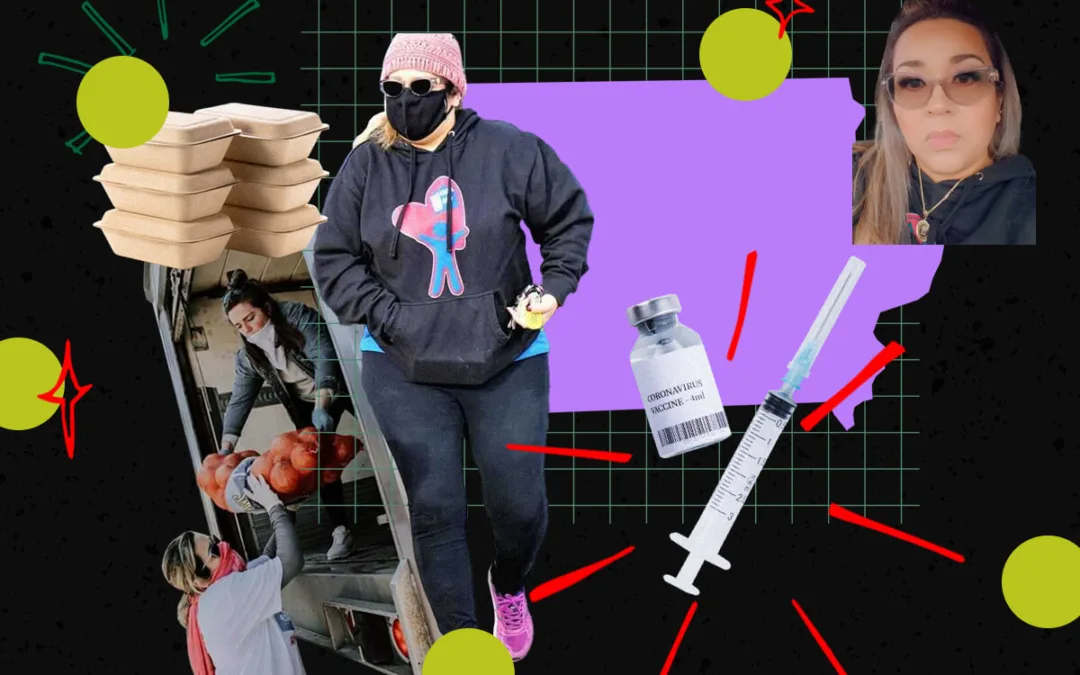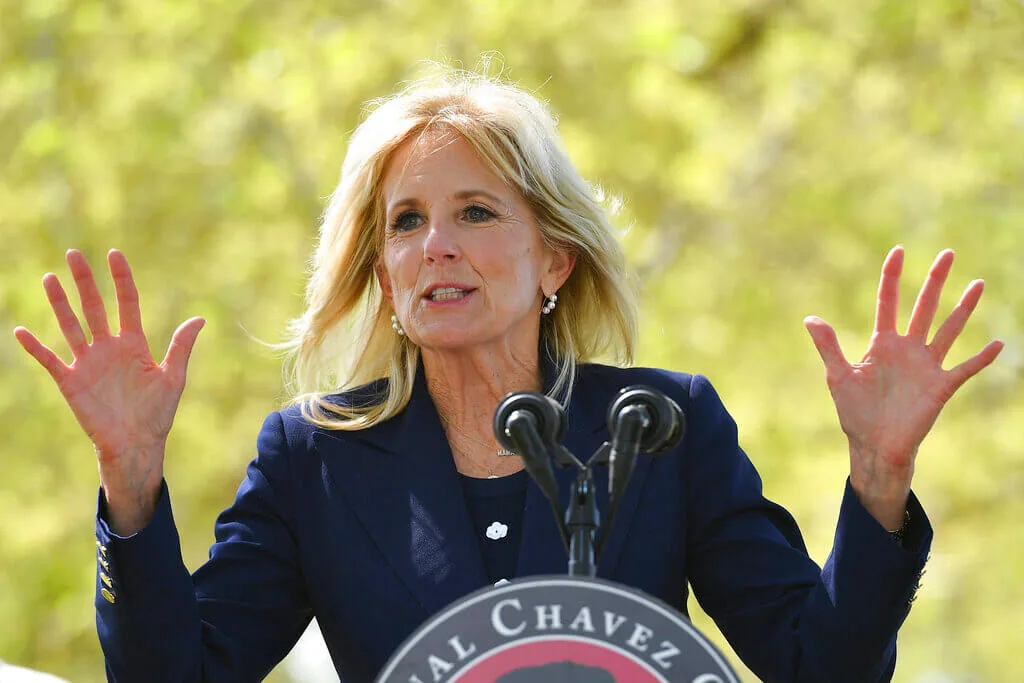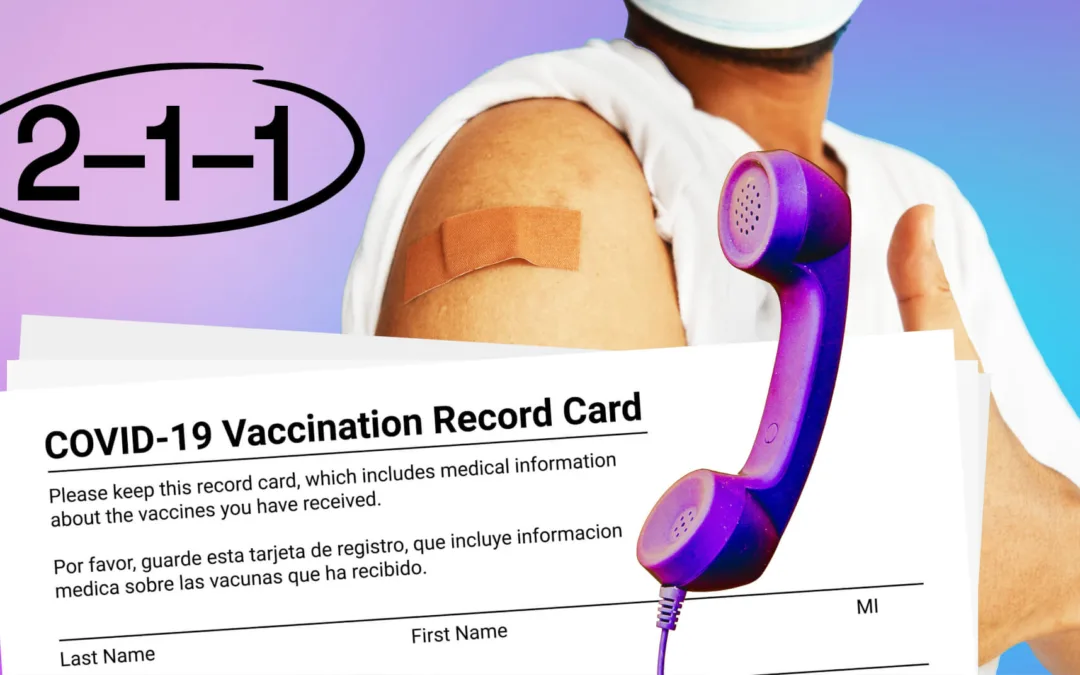
Graphic via Desirée Tapia for The Americano
The virus has spread down the Americas—and some countries are rolling the dice.
The Covid-19 is truly a global affair, and besides the notorious exception of Africa, Latin America is arguably the latest region to start feeling its impact in full force. But how will the Americas, from Mexico down south respond to this crisis? Some think the region may be unprepared for what’s coming.
“I am concerned,” said Dr. José Szapocznik, an expert in public health science at the University of Miami. “I realize some of the leaders are still saying they think the epidemic is not going to Latin America. They’re not preparing. That’s the way we were in the U.S. a couple of weeks ago.”
For instance, Mexican president Andrés Manuel López Obrador and his Brazilian counterpart Jair Bolsonaro shared an initial devil-may-care attitude about the coronavirus with Donald Trump. They shared something else: a dinner at Mar-a-Lago on March 7, and Bolsonaro’s press secretary, Fabio Wajngarten, posted a photo with Trump, later tested positive for Covid-19 and is now under quarantine. Bolsonaro, who defiantly mixed with crowds on March 15 in Brasilia, may also be positive for Coronavirus in spite of saying the pandemic was “a media trick.”
MEXICO
Mexican President López Obrador has been somewhat cavalier about the outbreak, and until Monday, March 23, it was business as usual. When asked how he is planning to protect the country he looked at an amulet and read its inscription out loud, AP reports. “The protective shield is the ‘Get thee behind me, Satan.’ Stop, enemy, for the Heart of Jesus is with me”, he read.
AMLO has also preached a mantra of “hugs” and continued to attend mass and to mingle in public. A music festival on March 3 resulted in the first reported death, a 41-year-old diabetic, and another show with almost 100,000 in close contact was held on March 14. Now, the government of López Obrador has to balance the economic damage of border closings vital to its trade and lockdowns with public health. Mexicans have high rates of diabetes and obesity which puts Mexico’s population at greater risk, with pre-existing health morbidities.
With the partial border of the United States border for 30 days, Mexico may be faced with a Faustian choice between curating the health of the economy or the health of the population. Tijuana had reported just 8 cases when San Diego—just across the border— had 226 cases confirmed as of Tuesday.
CENTRAL AMERICA
Panama (345) and Costa Rica (158) have the most cases in the area, but that may be the result of greater testing, rather than a greater spread of the disease. Panama started self-isolation and curfew measures this week. Costa Rica closed all borders to foreigners on March 18.
In Honduras (30), the specter of Coronavirus is looming, and the largest cities have gone into lockdown, with a shutdown of public transportation and businesses. Dengue is still present in Honduras, and the country has many challenges. Honduras’ health minister has a dire forecast.
On March 11, El Salvador (3) banned entry to all foreigners. They announced the first case of Coronavirus on March 18, in Metapán— on the north part of the country, about 75 miles away from San Salvador—and president Nayib Bukele has said they will use a new hospital just for victims of Coronavirus.
SOUTH AMERICA
The first reported death in South America from the Covid-19 virus was an Argentinian— who had returned from Europe—on March 7. Argentina (266) has been in a nationwide lockdown since March 15.
Venezuela (70), like Iran, has been hit by Covid-19. The country is under financial sanctions from the United States, which hampers any response (Iran has over 1800 deaths, if not more, so far. The Maduro regime has tasked political partisans Delcy Rodríguez and Vladimir Padrino to lead the response. With extended power and water outages and medicine shortages in Venezuela, and no recent health data or metrics, the human toll will be incalculable—literally and figuratively —and probably disastrous.
As it readied to close its airports this week, the arrival of the pandemic has taken a show-business tack in Colombia (277). Singer Carlos Vives’s neighbors in Santa Marta have asked him to stay put after a concert tour abroad. The country went on a nationwide quarantine yesterday.
Peru (395) has seven deaths, but also issues evacuating tourists who could be disease vectors. A grassroots organization in the U.S. led by Valerie Edmonson Bolaños, a Puerto Rican who also led several rescue operations on the island after Hurricane Maria and the recent earthquakes, is working to bring Americans stuck in Peru back safely. Peru started a national lockdown on March 16 and three days later added a curfew from 8 p.m. to 5 a.m
Uruguay and Argentina closed their border. One border that will not close in Latin America is the one between Uruguay (162) and Brasil (1546), where the city of Rivera straddles both countries.
CARIBBEAN
In Cuba (40), which has made health care a national priority and used its doctors for monetary and diplomatic gain, the response seems to manifest contradictions. A British cruise ship with 28 passengers with flu-like symptoms and a total of 682 people aboard was offloaded in Havana and transported to the airport for repatriation to the UK. But Cubans are being summoned for informational meetings on the virus by the government and lining up in close proximity to obtain supplies. Cuba sent doctors to help Italy, yet was beckoning tourists to come, touting its health system’s robustness. Cuba had its first reported death—a 61-year-old Italian—this week, and had over 20,000 tourists in Varadero, according to reports on state television. As of Friday, Cuba decided to close its borders to tourists.
The Dominican Republic, a popular tourist destination, has 245 confirmed cases and three deaths, yet much hysteria and paranoia. Prisoners have asked to be isolated without family visits, and did a ‘homemade’ video to keep the jail ‘free of virus.’
In Puerto Rico, the number of deaths increased to two, and as of Wednesday, there are 51 cases confirmed and 108 pending results. The Mayagüez Medical Center reported that an 87-year-old California resident, Frank Eller, has successfully recovered from COVID-19 and was released from the hospital on Monday. Eller had pre-existing conditions that put him at a higher risk. He was able to return to San Diego, where he lives, yesterday.
Needless to say, the news was received on the island with great joy. The word spread on social media that people around the island would unite on collective applause to celebrate the medical team involved, and all first responders and health workers on the island. The initiative took place at 9 p.m. on Tuesday.
Politics

Teamsters and UPS Reach Tentative Deal to Avoid Strike, 340,000 Workers to Get Raises
The tentative deal represents a huge win for full- and part-time UPS Teamster workers, who would get significant pay raises and better working...

One Republican Senator Is Blocking 265 Military Promotions, Leaving the Marines Without a Confirmed Leader
Sen. Tommy Tuberville's decision means these military officers are not getting the pay raises they’re owed, cannot move their families to wherever...
Local News

Teamsters and UPS Reach Tentative Deal to Avoid Strike, 340,000 Workers to Get Raises
The tentative deal represents a huge win for full- and part-time UPS Teamster workers, who would get significant pay raises and better working...

One Republican Senator Is Blocking 265 Military Promotions, Leaving the Marines Without a Confirmed Leader
Sen. Tommy Tuberville's decision means these military officers are not getting the pay raises they’re owed, cannot move their families to wherever...




